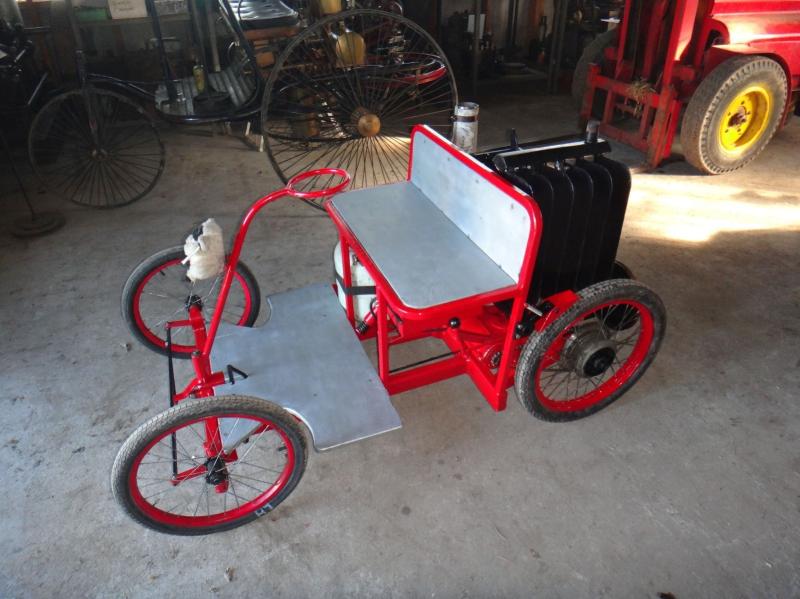

This project started out when LSM 12.2 was looking for something to do after being replaced by LSM 14.1 in Piwakawaka (8m gentleman’s launch) in 2012. It found temporary employment (and fame) powering the “world’s fastest Stirling engine kite buggy” (the only one, not coincidentally).
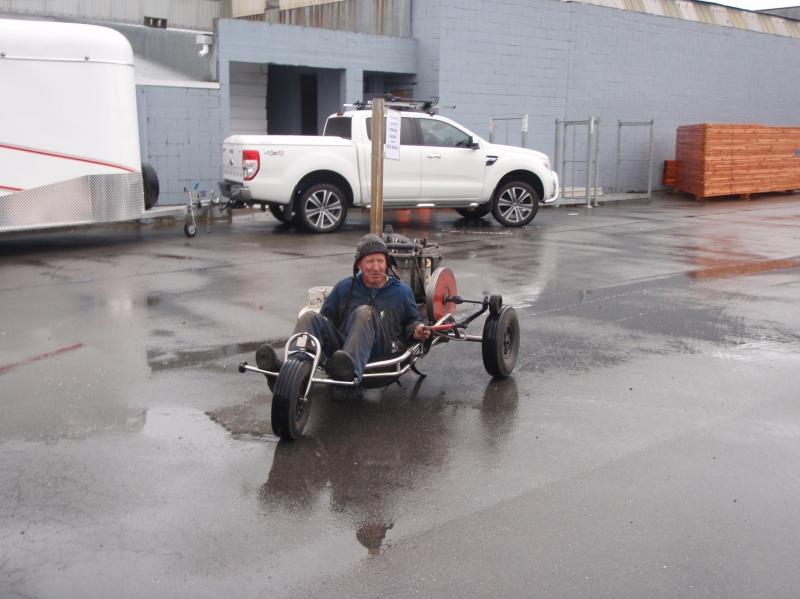
There was tradition in this, following after the “world’s fastest gas turbine kite buggy”- which also wasn’t a threat to anyone at Bonneville (it was not shaft driven, using only the residual jet thrust from a !950’s Rover gas turbine).
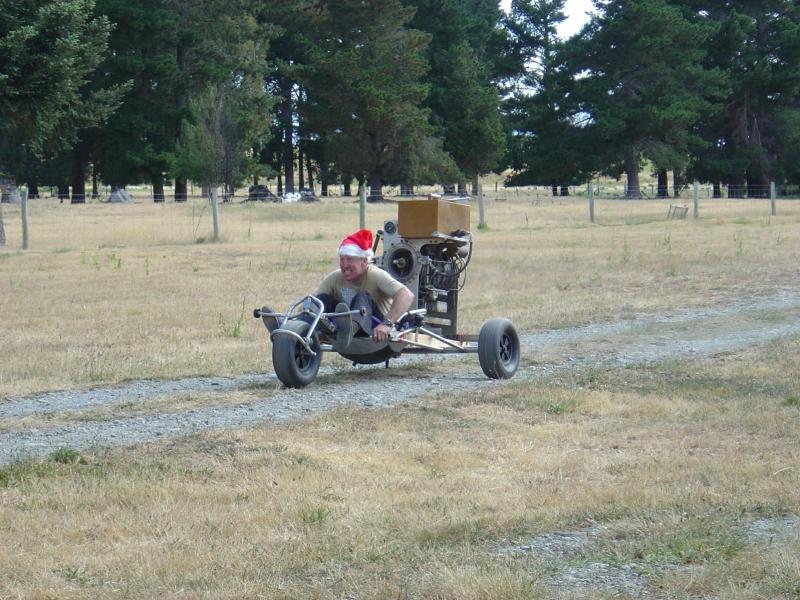
LSM !2.2, by now uprated to with a new burner and extra fettling that lifted it to LSM 14.1 level output, then gained more permanent employment in a motorcycle.
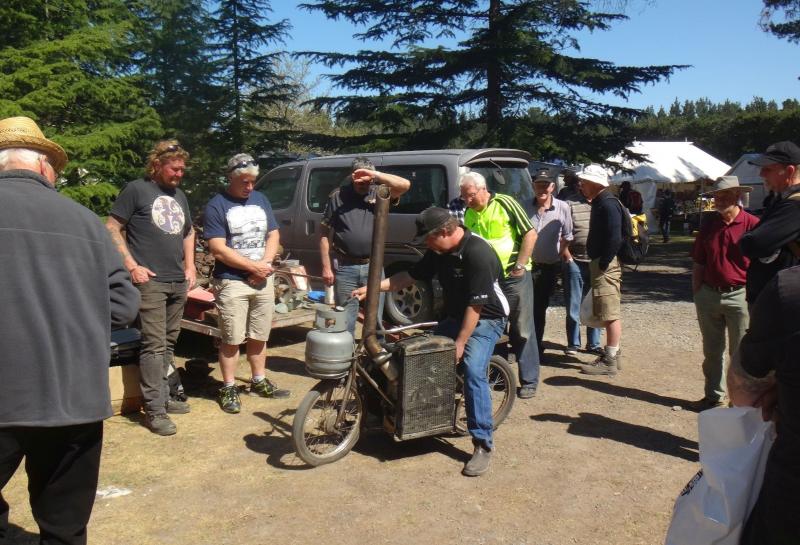
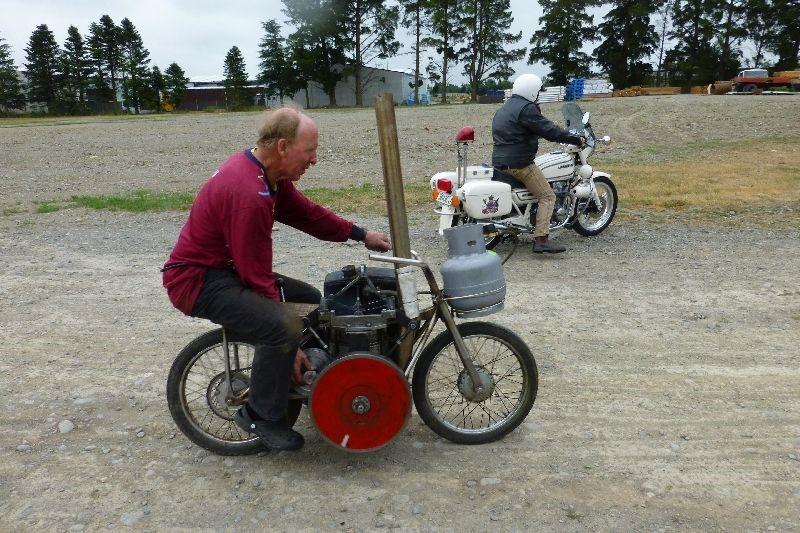
It used a da Vinci continuously variable transmission from a bicycle, which took a bit of getting used to, and balancing was a skill to be learnt because of slowish speeds, but it was a successful application- even featuring in a Steam Punk parade. Speed was not limited by engine power or gearing but by bouncing. By 10 or 15 km/hr, engine imbalance caused the wheels to jump clear of the ground on every stroke, severely enough to blur vision. I could not see a way to cure this in the motorcycle format so in 2022 the motorcycle was dis-assembled and re-built as a mobility scooter.
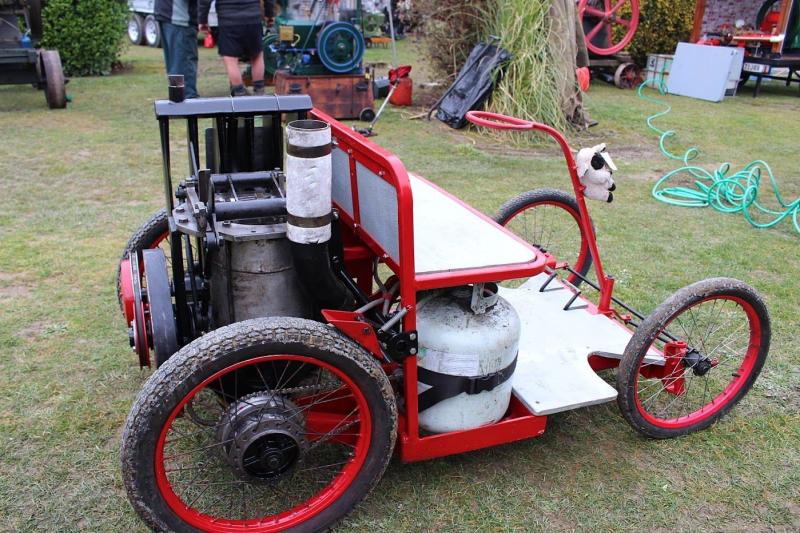
To enable hill climbing and for general convenience it’s fitted with a 5 speed plus reverse sequential gearbox, purpose built, but using gears from various ride-on lawn mowers.
It’s big improvement over the motorcycle is having the engine suspended on a spring linkage that allows it to bounce up and down without shaking everything around. This mechanism is undamped, because damping costs power, and unpressurised Stirling engines don’t have a lot of that to spare. But it works perfectly when the masses, link lengths and spring rates are matched to the engine.
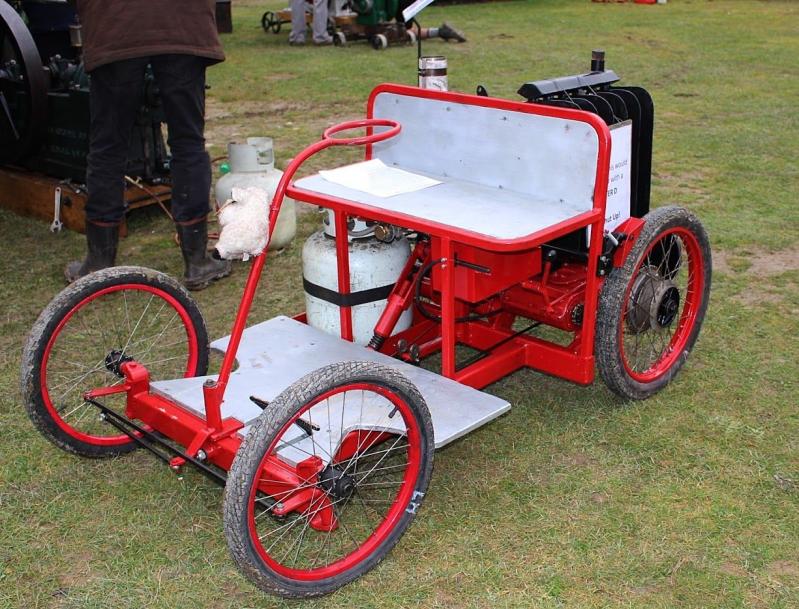
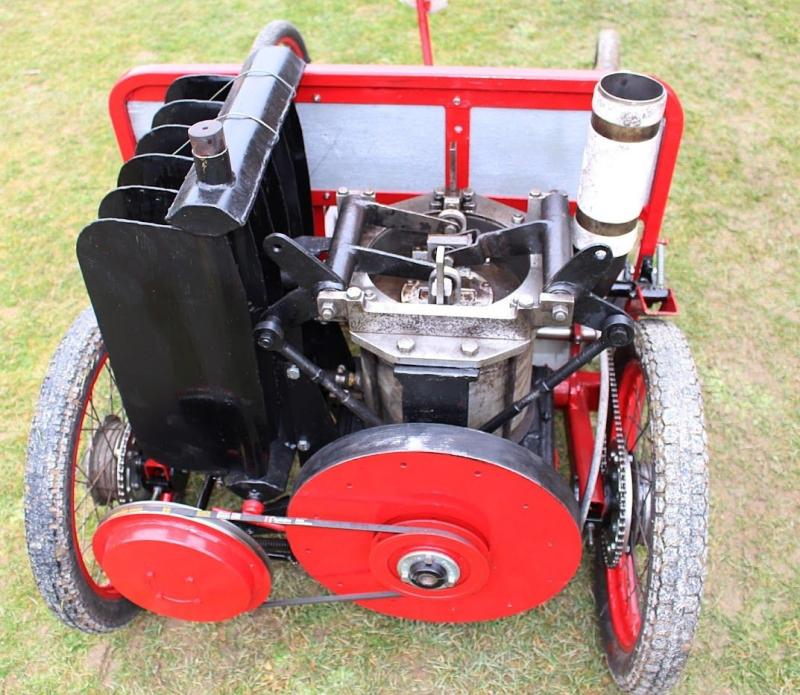
There’s a reason for calling it a mobility scooter and not anything else: on researching the definition of mobility scooter in our transport regulations I found that the definition is quite vague, with no dimensions, wheel sizes or engine power specified. What is stated is that ‘they will generally be used by people with disabilities’. This was good enough for me; if a life-long obsession with Stirling engines isn’t a disability, I don’t know what is. I’m not sure how malls will react to the hot bits though.
It will easily do 15km/hr on flat hard surfaces, climbs 10% grades in low gear and moves off within less than 2 minutes of firing. Does tend to boil its water after 30minutes or so running though.
Peter Lynn for the Mahan Heritage Centre, June 2025
